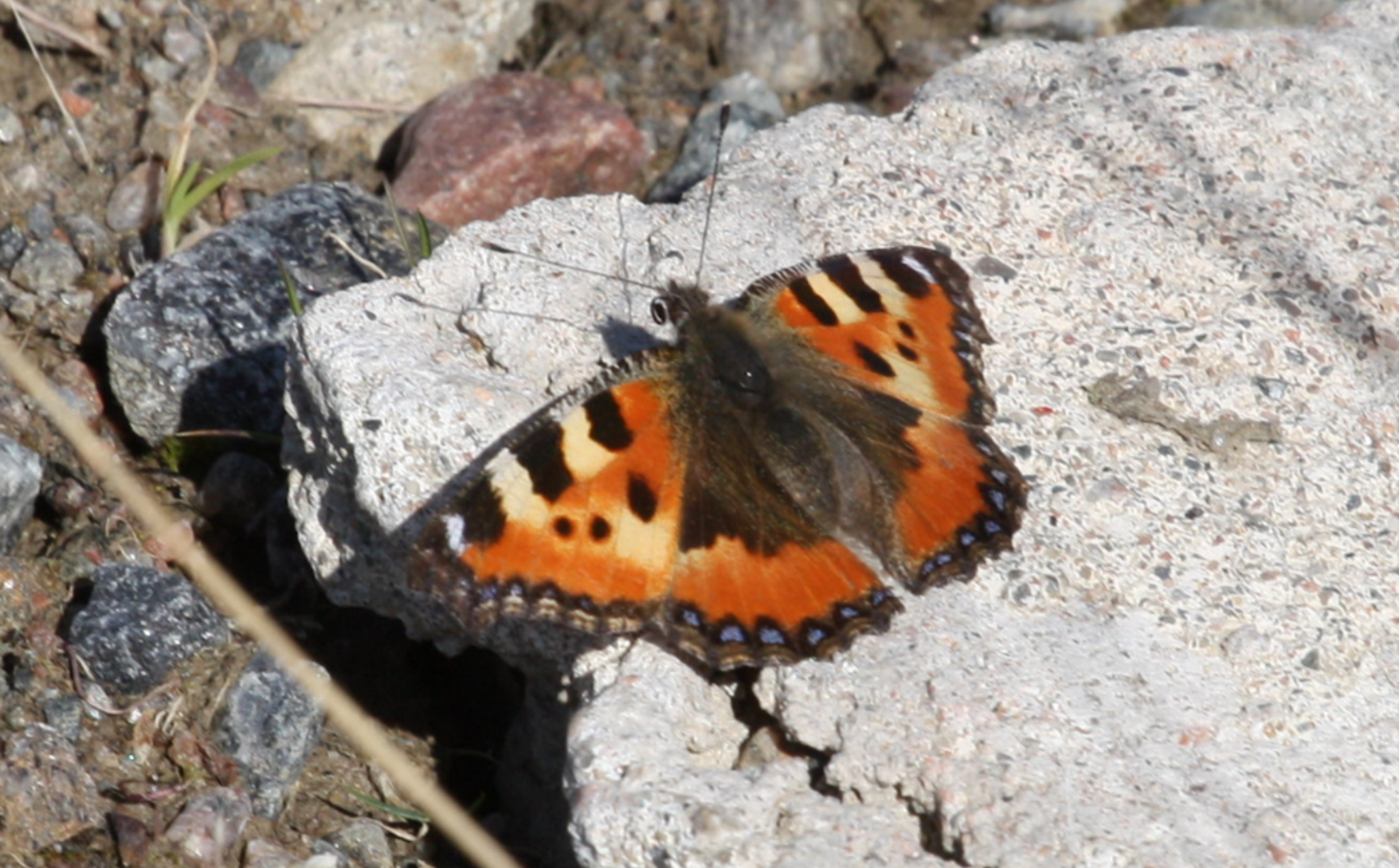
Buzzing results of the pollinator monitoring in Tampere
- Mon, 20/09/2021
Citizens in Tampere have been able to participate in the city’s pollinator monitoring, which has taken place in the three UNaLab demonstration areas for nature-based solutions: Vuores, Hiedanranta and Viinikanlahti, through the iNaturalist mobile application. In the summers of 2020 and 2021, a total of 145 observations were registered on the application, representing 74 different species.
Residents and visitors of these areas have during this time period been able to take pictures of their pollinator observations and submit them to the application, which gathers all observations in a catalogue and provides a map view of where they have been spotted. Different types of bees, flower flies and butterflies were amongst the most common observations. Additionally, different types of bumblebees were spotted, including a buff-tailed bumblebee which is a new species in Finland that originally spread to the country from Sweden or potentially from greenhouses.
The great yellow bumblebee was crowned the most interesting observation, as the species is rare to spot these days due to the decline in the population before the 21st century. The person who submitted the most interesting observation, as well as the person with the highest number of registered observations, received a price for their contributions to the pollinator monitoring.
Pollinating insects play a vital role for humans and the rest of nature. Insects and other animals pollinate 75% of our crops and nearly 90% of all wild plants, meaning that our food is heavily dependent on the work done by pollinators. However, the number of bees and other pollinator species has declined in recent years, which makes information on their status very valuable.
The original text in Finnish has been written by Jani Järvi and Annika Kettunen from Ramboll Finland.